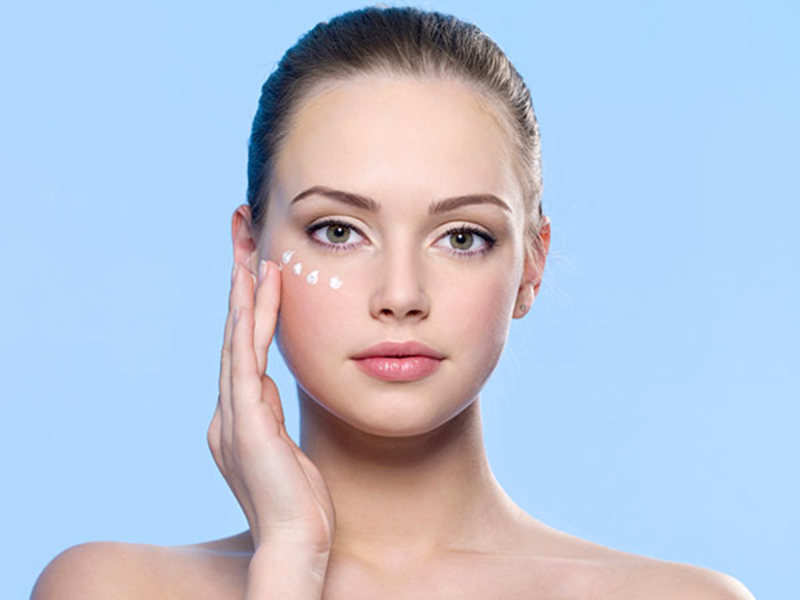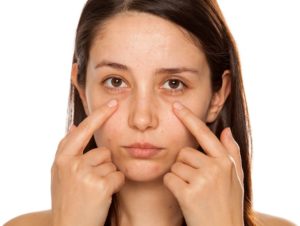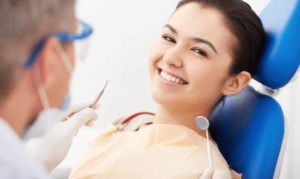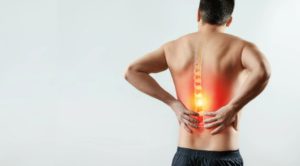
When you are a teenager, it is quite usual to have a pimple or two. But have you ever felt a hurting sensation along with your jawline and discovered a small bump under your skin? Well, chances are that you are experiencing cystic acne. Cystic acne is a severe type of acne in which the pores in the skin will be blocked, leading to infection and inflammation. This mostly affects the face, but also often affects the upper trunk and upper arms.
Quick Facts on Cystic Acne
- Cystic acne is rare and more severe.
- The main factors behind cystic acne are hormonal changes.
- Cystic acne is not caused by chocolate, nuts, greasy foods or poor hygiene.
- Cystic acne is painful and emotionally distressing because of its effects on facial appearance.
Causes of Acne
Oil glands keep your skin moist and are attached to your pores, which is where hair grows and dead skin cells are removed. Overproduction of sebum and overgrowth of skin cells can cause the pores to struggle. This can create the perfect conditions for the overgrowth of acne. Cysts are the most inflamed type of acne. One of the biggest causes of acne is hormonal changes in adolescent teenage years. During puberty, levels of circulating androgen hormones increase dramatically, which causes an increase in sebum production.
Other causes of acne include the following:
- Genetics as some people are naturally more susceptible.
- Greasy cosmetics, cleansers, lotions, and clothing.
- High levels of humidity and sweating.
- Hormonal changes related to birth control, pregnancy, stress, the menstrual cycle, and the use of hormone therapy.
- Some drugs and chemicals which might worsen or cause eruptions that are similar to acne.
Symptoms of Acne
Acne produces symptoms familiar to all of us. Cystic acne is even more visible as it is the most severe form and produces cysts and nodules alongside inflammatory papules and pustules. Acne can also cause visible scarring. All types of acne can affect self-esteem and mood. But the risk of psychological stress is higher for cystic acne as it typically has a greater impact on the appearance of the face and excessively affects young adults who may be more socially sensitive. Even though most people with acne do not typically experience any physical symptoms, the skin’s appearance can cause emotional distress. Nevertheless, the distress might be greater in cystic acne and the cysts might be painful.
How to Identify Cystic Acne?
Cystic acne looks a lot like boils on the skin. Other identifying characteristics include the following:
- Large-pus filled cyst
- Large white bump
- Redness
- Tender of painful to the touch
Acne cysts are possibly most visible on a person’s face. Nonetheless, they are also common on the chest, neck, back, and arms. Cystic acne might even develop on the shoulders and behind the ears.
Conclusion
Due to the severity of cystic acne, over-the-counter medicines that work on milder acne often have little effect on cystic acne. This doesn’t mean cystic acne cannot be treated at all. Do not ever wait them out. Cystic acne can linger for years. It can affect large areas of your skin and leave permanent marks. While there is no way to prevent cystic acne, getting treated as soon as possible is important to prevent scarring. If you have severe, cystic acne, it is highly recommended that you are better off visiting your nearby homeopathy clinic. A homeopath can help you with a treatment plan. The treatment your homeopath will pick depends on the cause behind your breakouts, the severity, whether there is scarring and if you have been on other treatments that failed in past.






